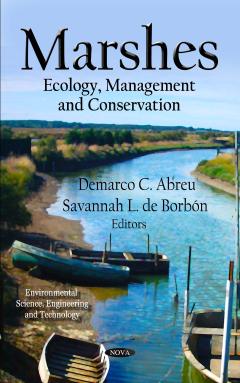Wetlands: Ecology, Management and Conservation
Wetlands have already been recognized to hold the capacity for efficiently reducing or removing large amounts of pollutants from point sources (e.g. municipal and certain industrial effluents) as well as non-point sources (e.g. mining, agricultural and urban runoff) including organic matter, suspended solids, excess of nutrients, pathogens, metals and other micropollutants. This pollutant removal is accomplished by the interdependent action of several physical, chemical and biological processes which include sedimentation, filtration, chemical precipitation, sorption, biodegradation, and plants uptake among others. In this book, the authors present studies on the ecology, management and conservation of these valuable wetlands
{{comment.content}}








 京公网安备 11010802027623号
京公网安备 11010802027623号